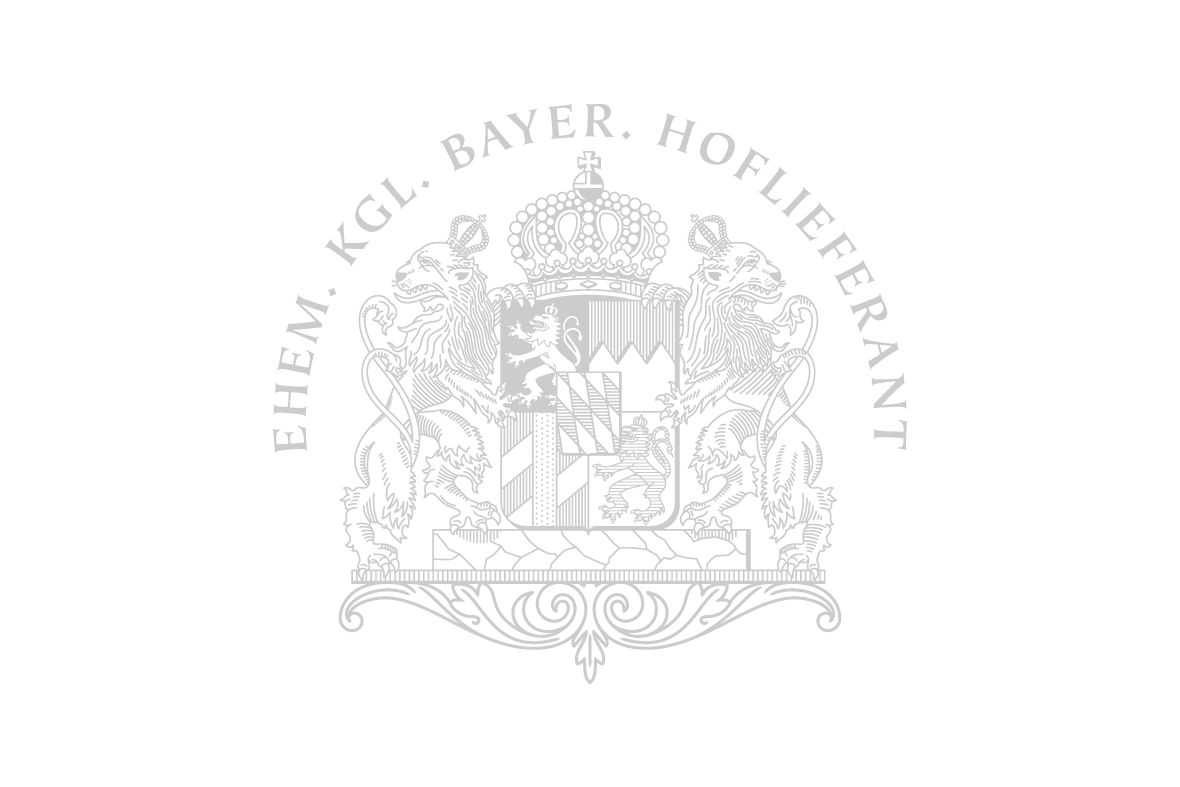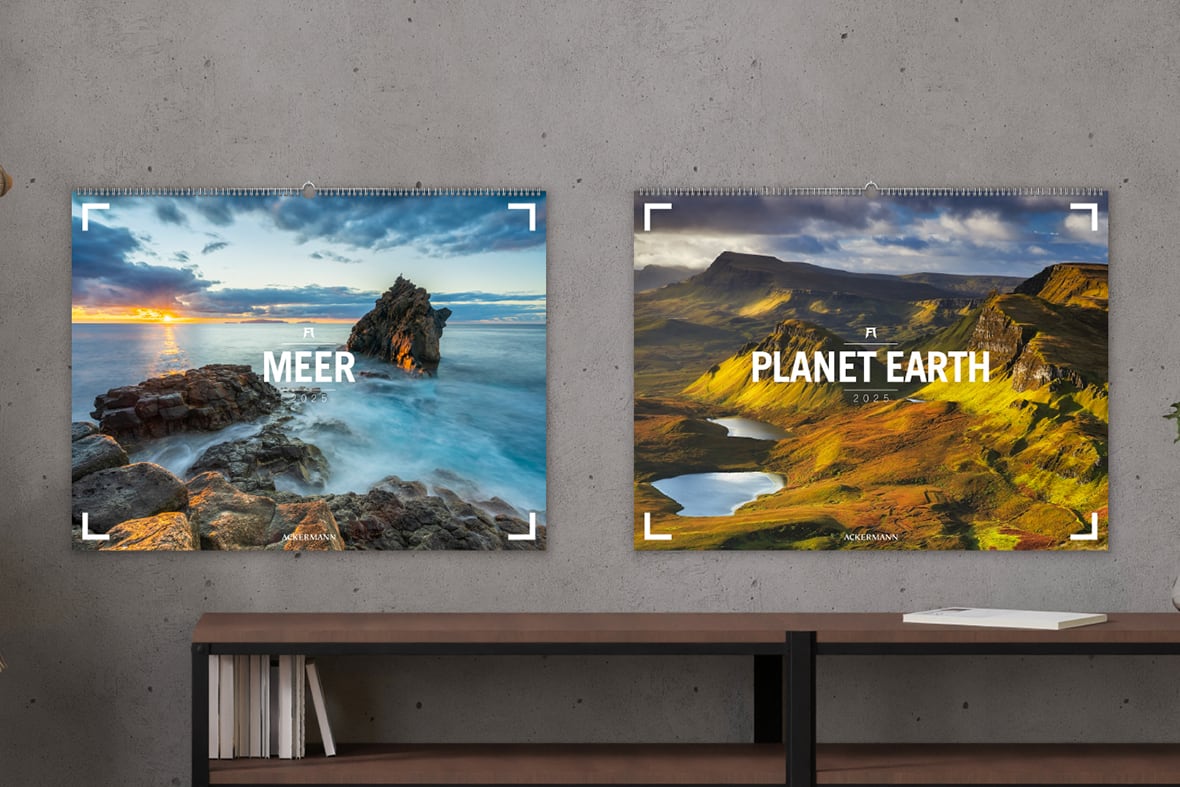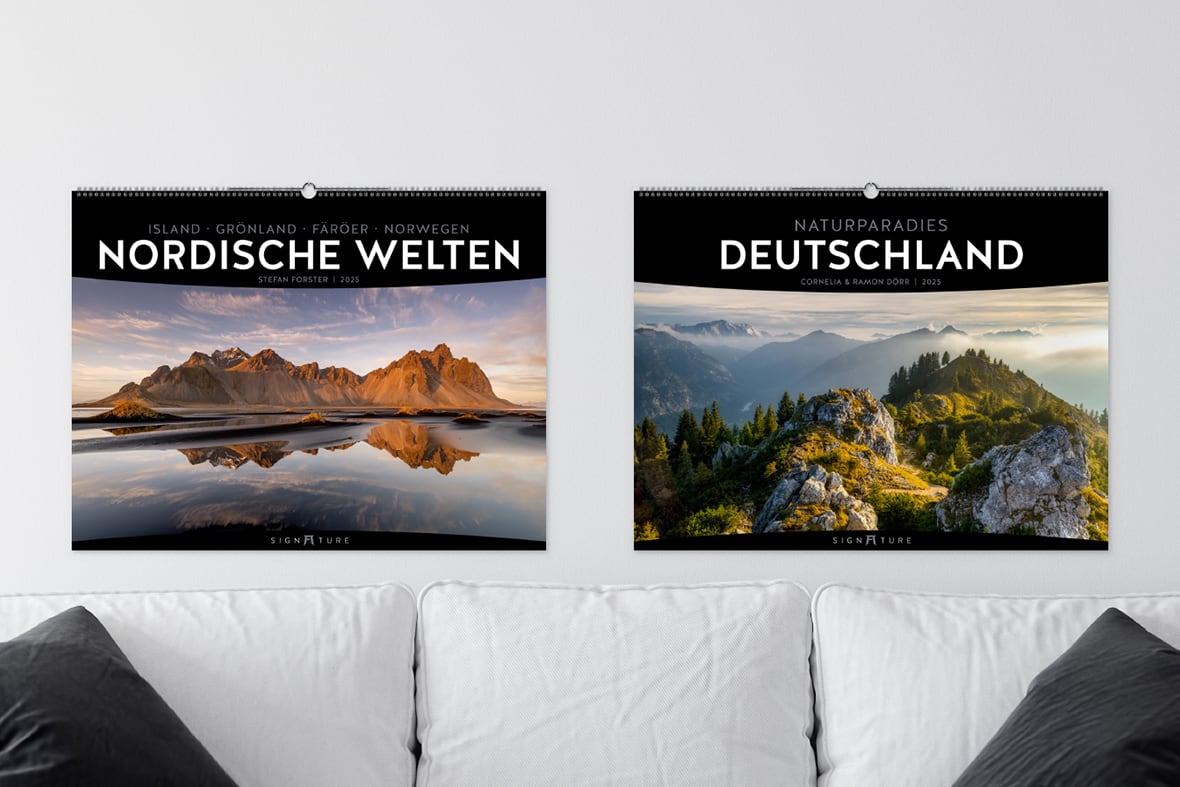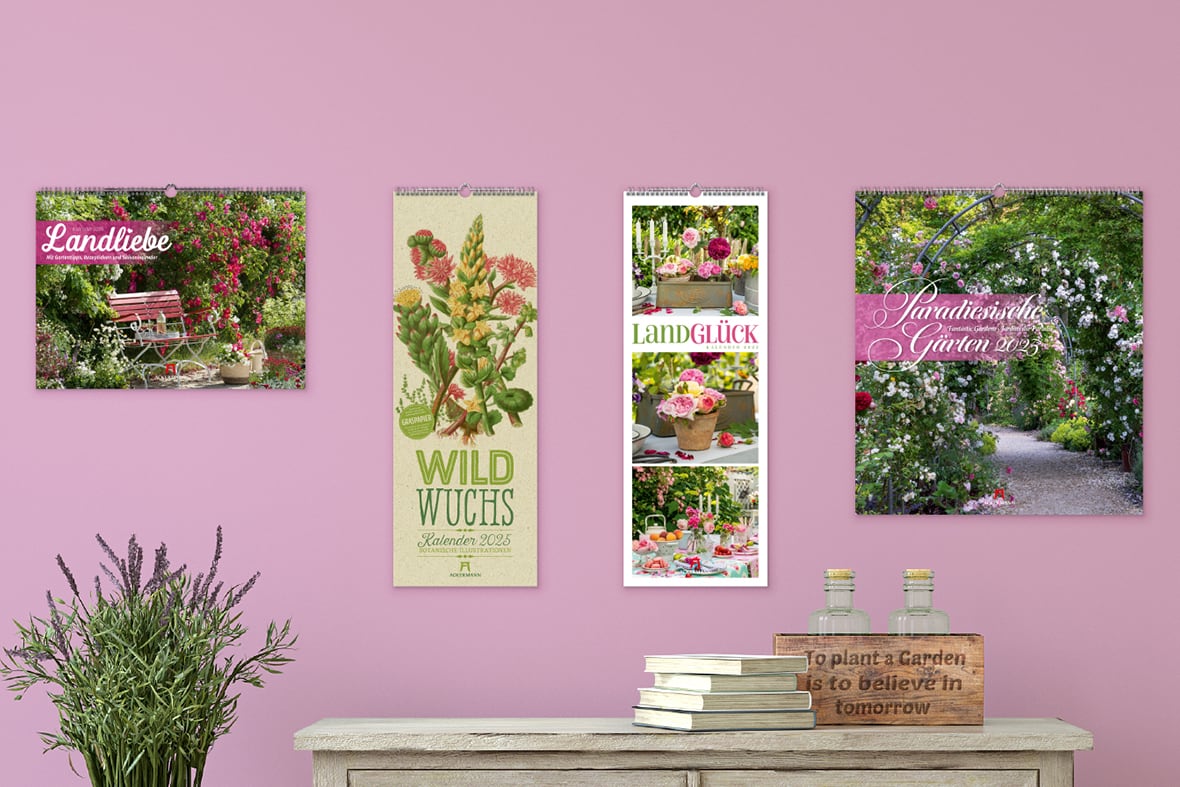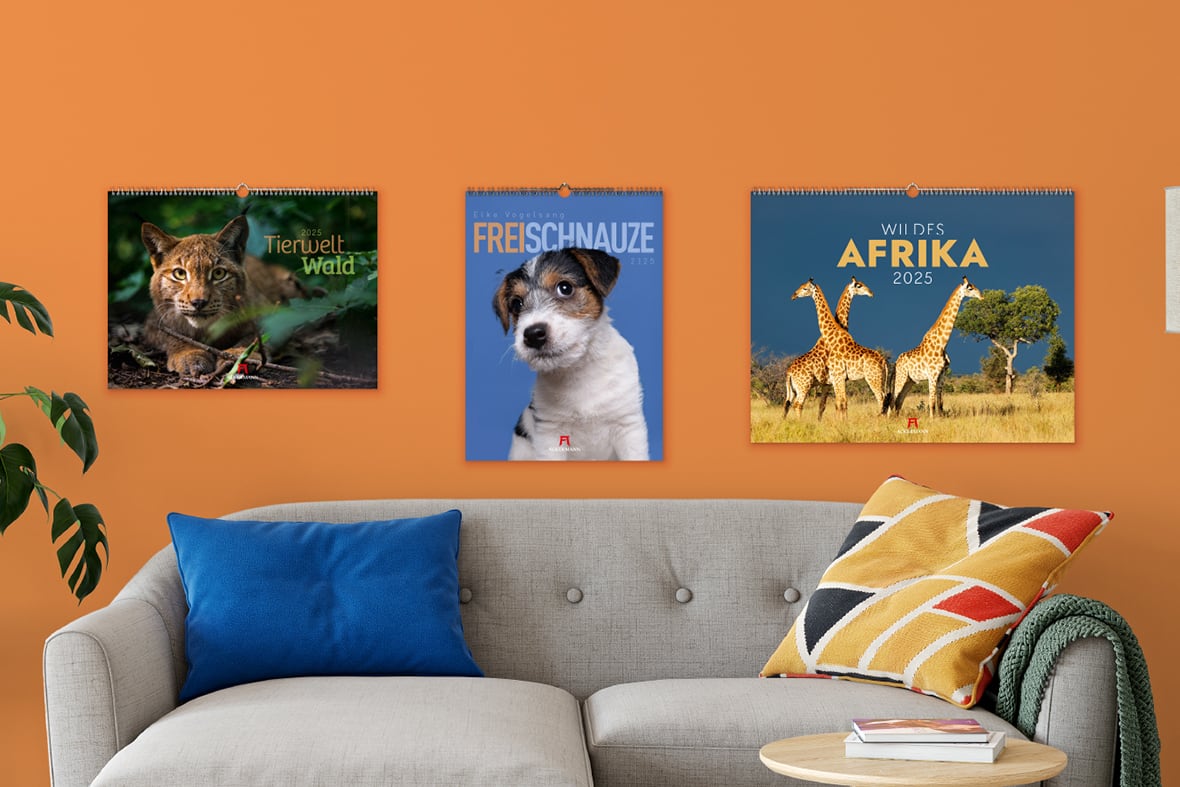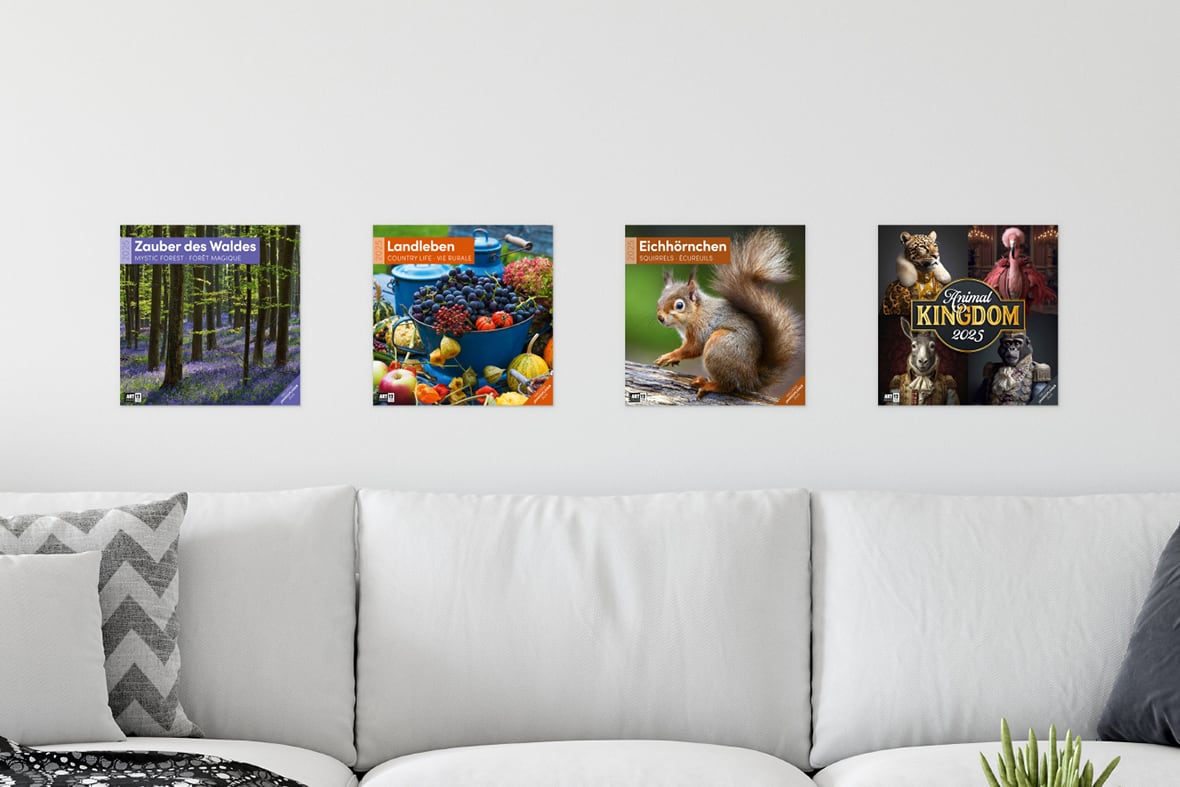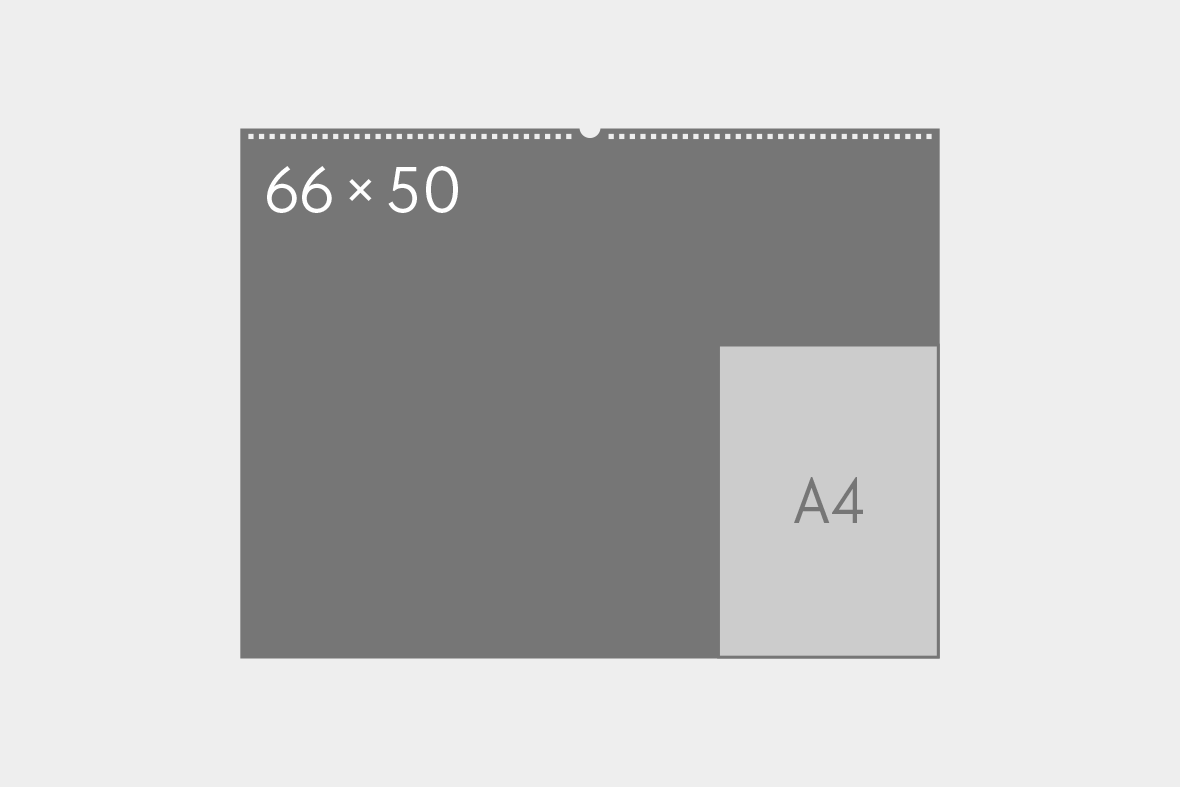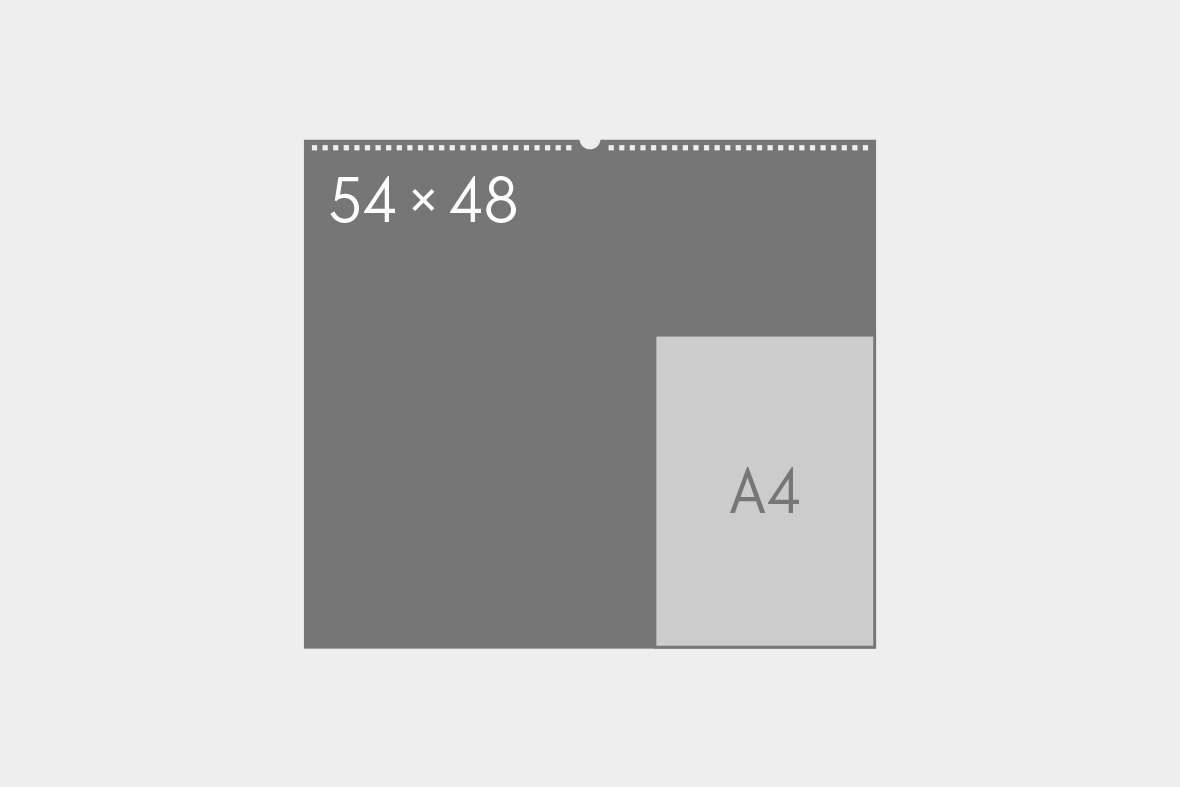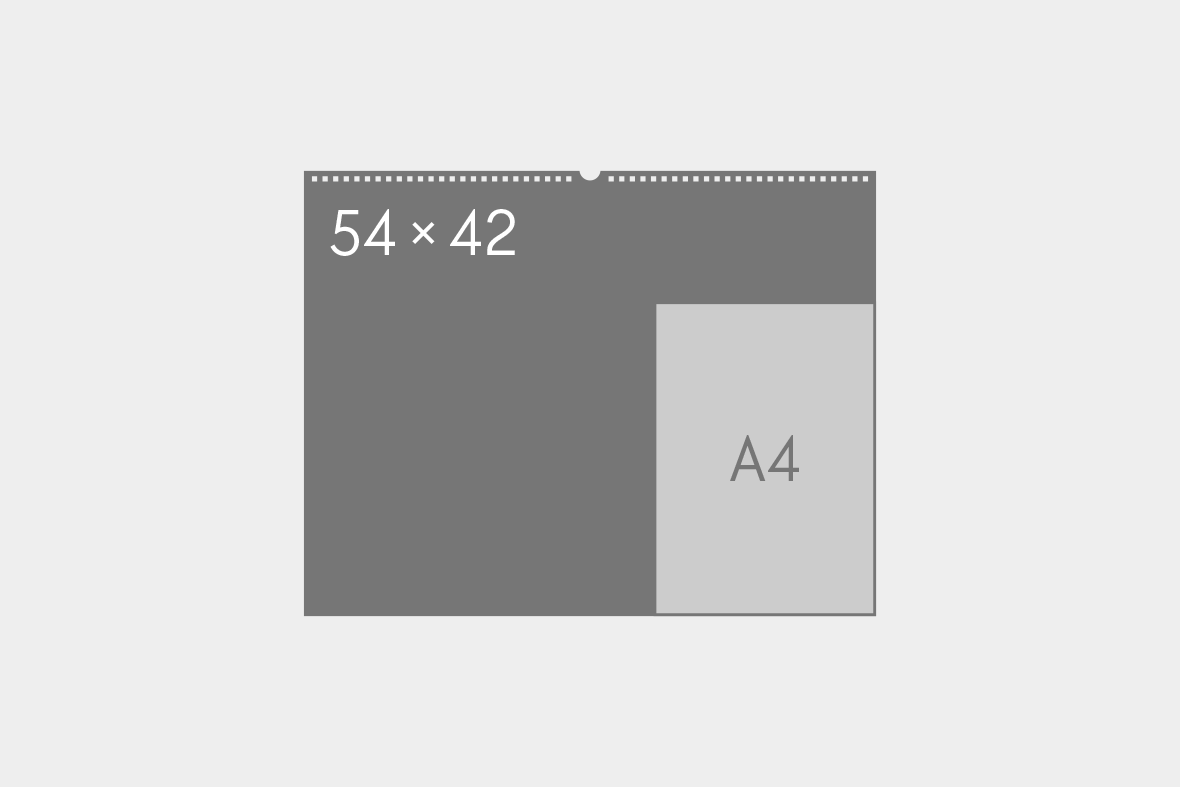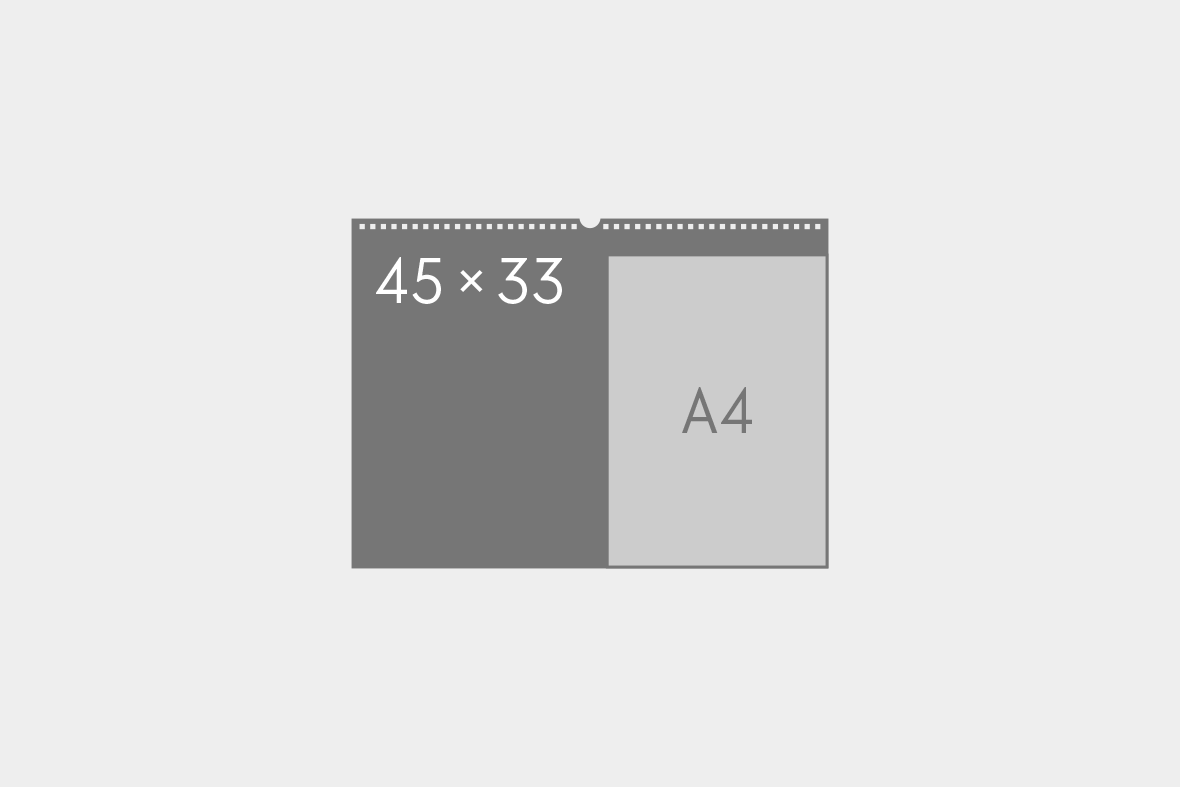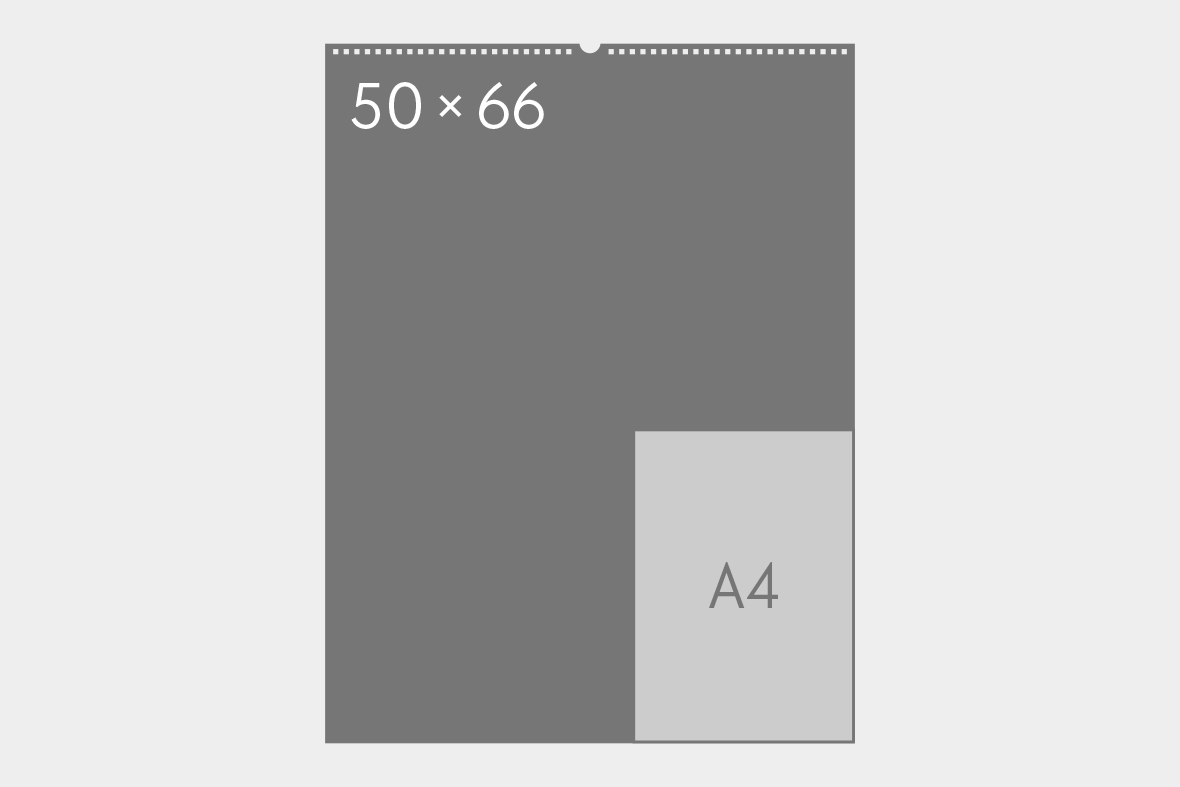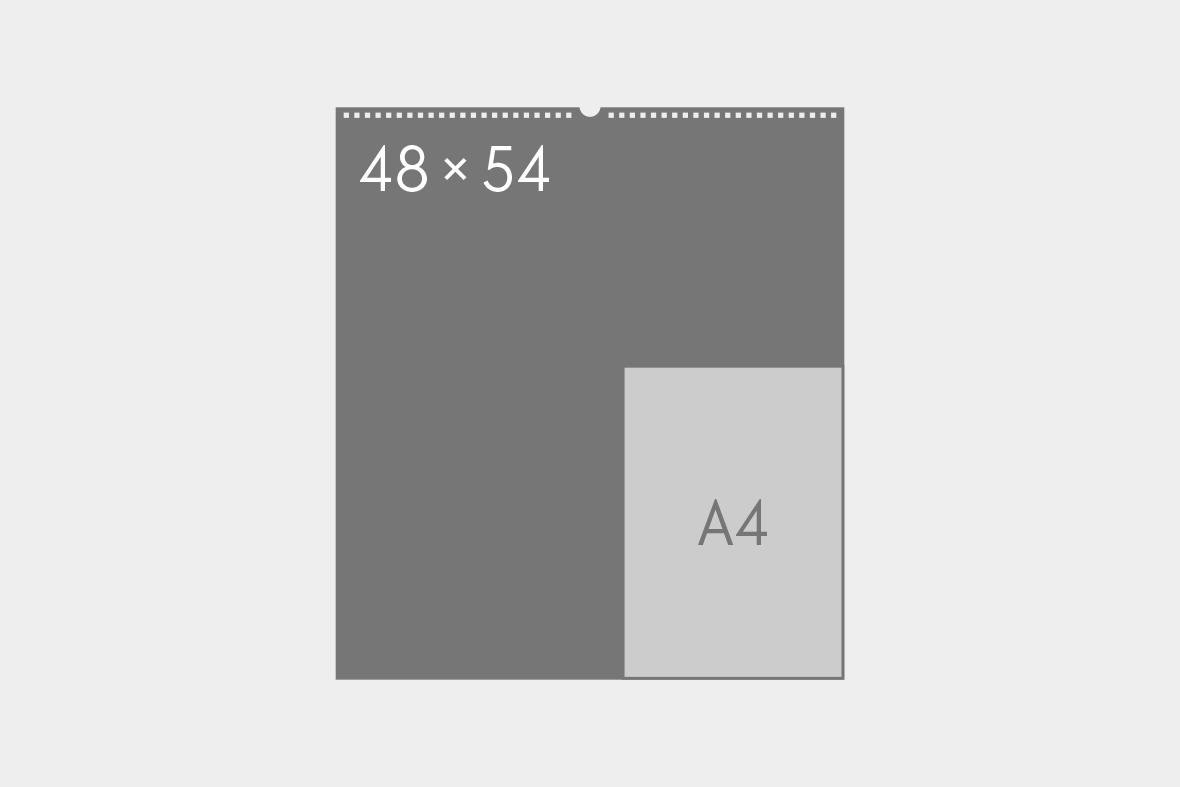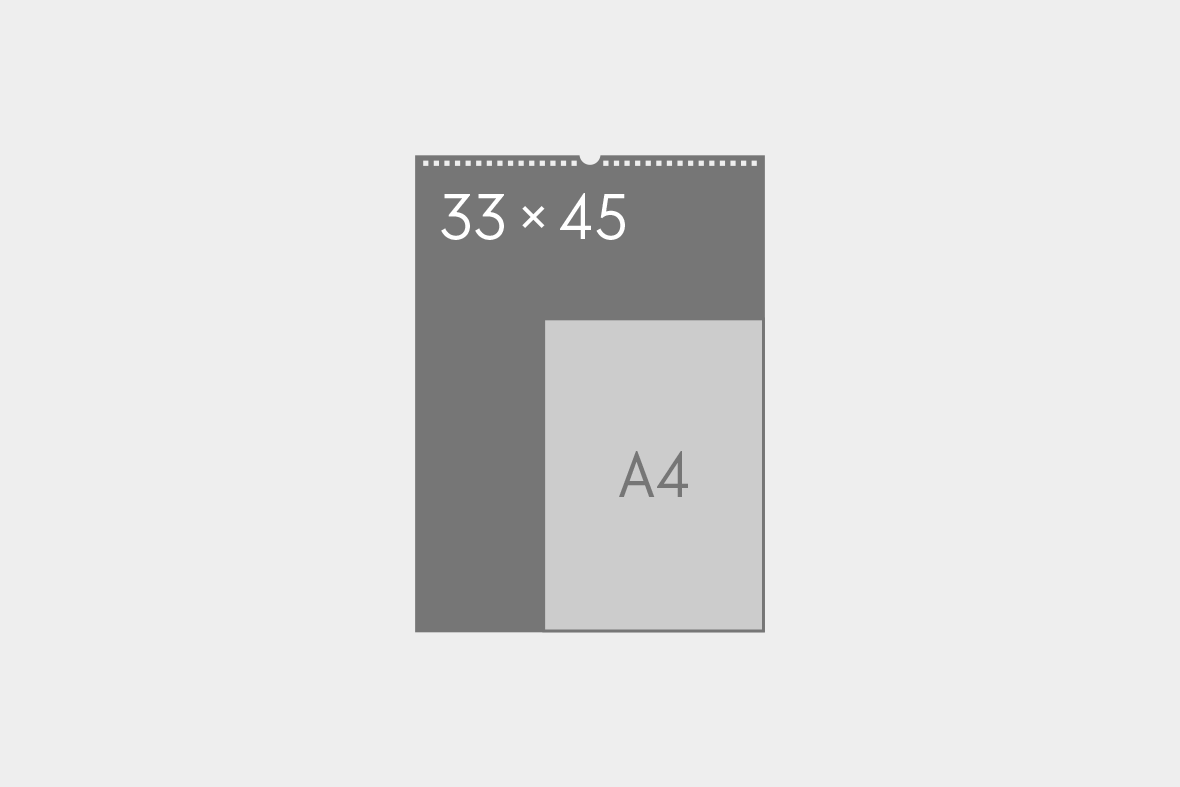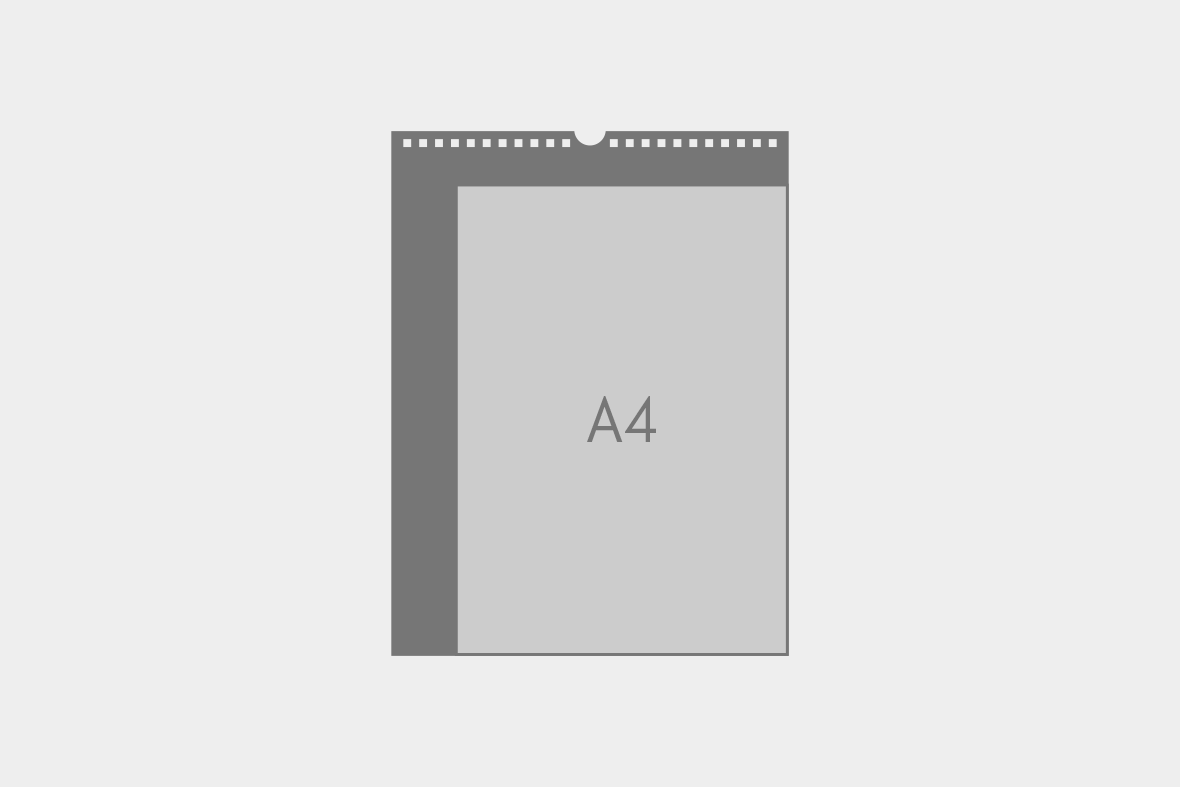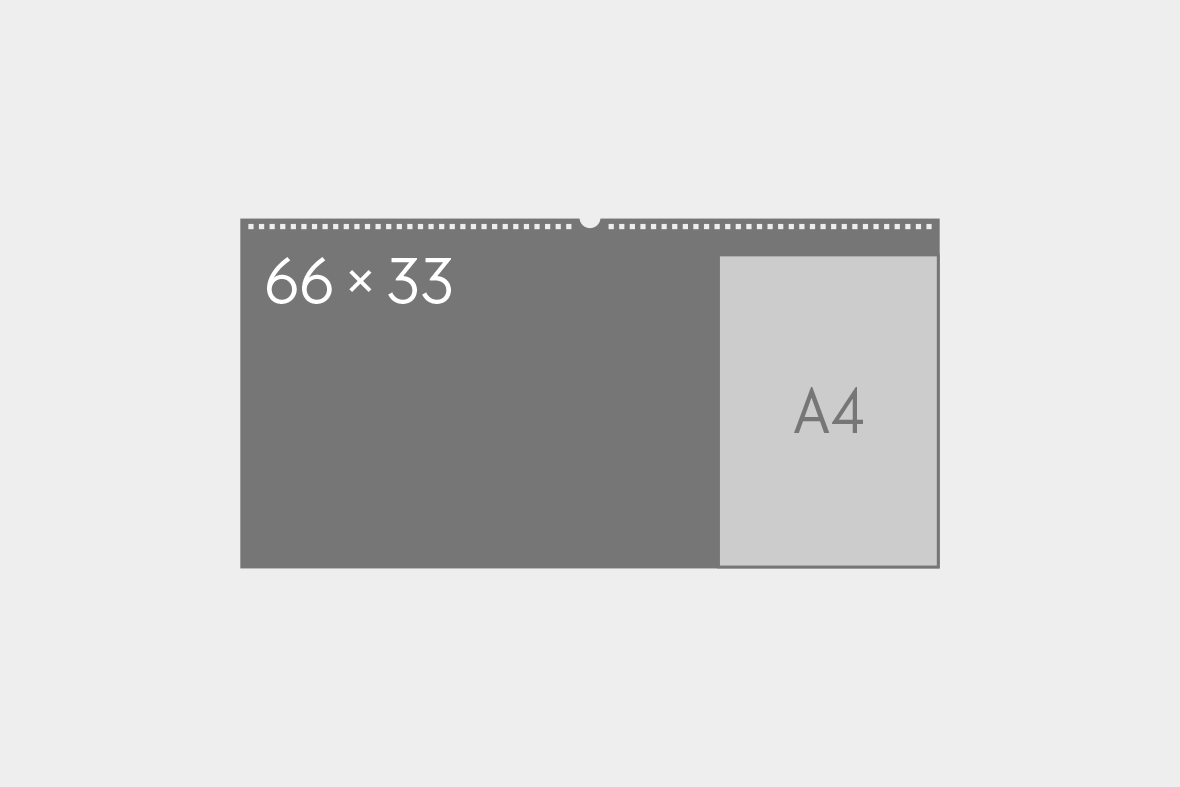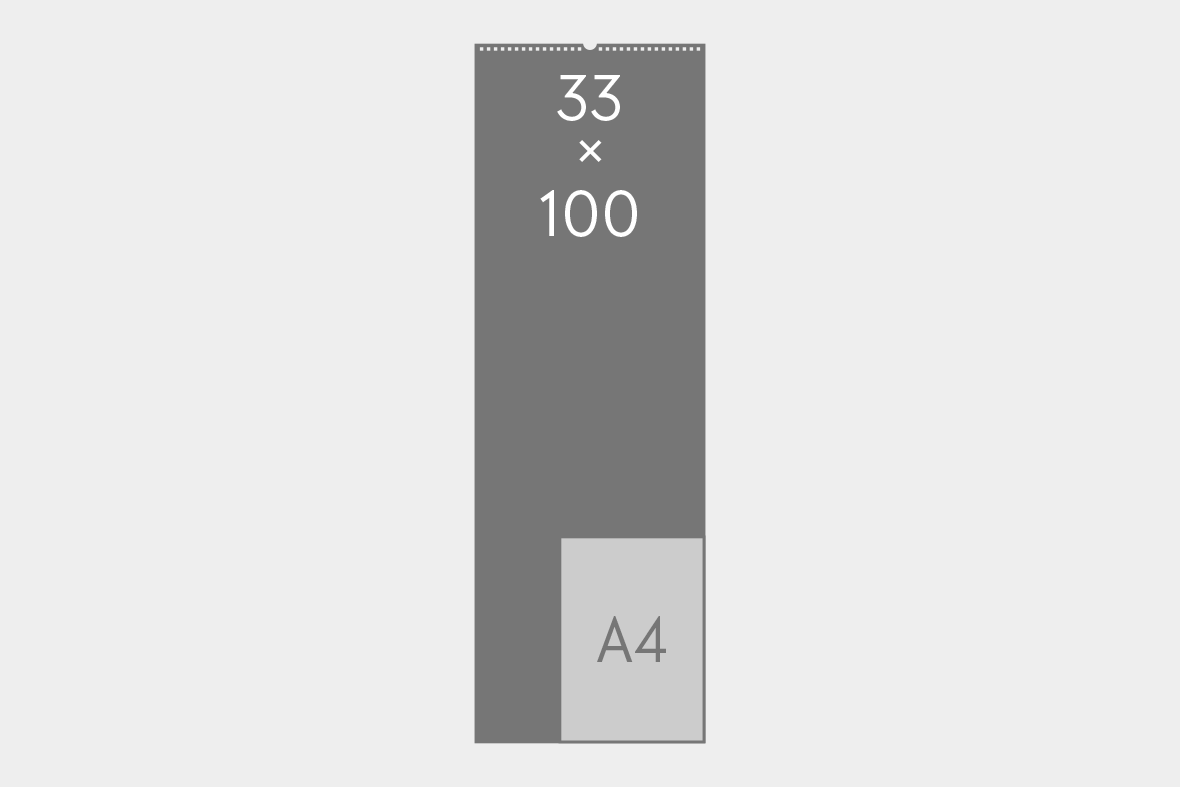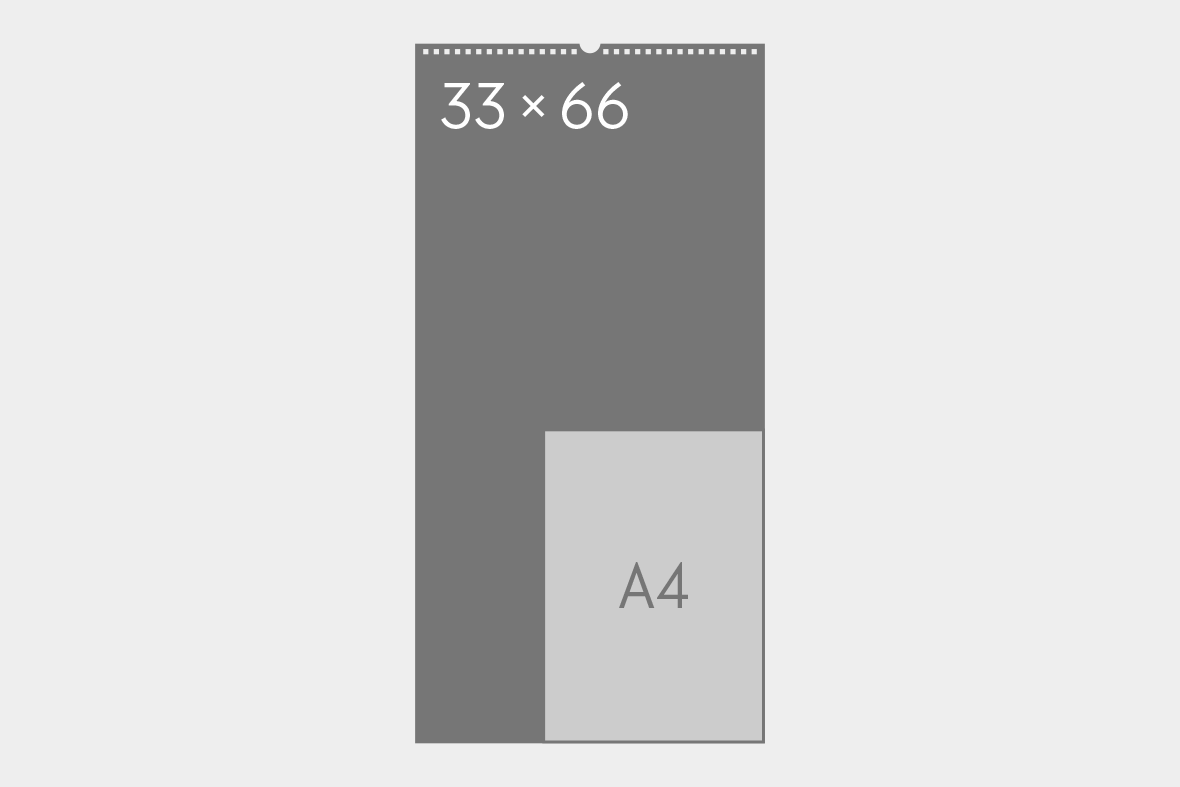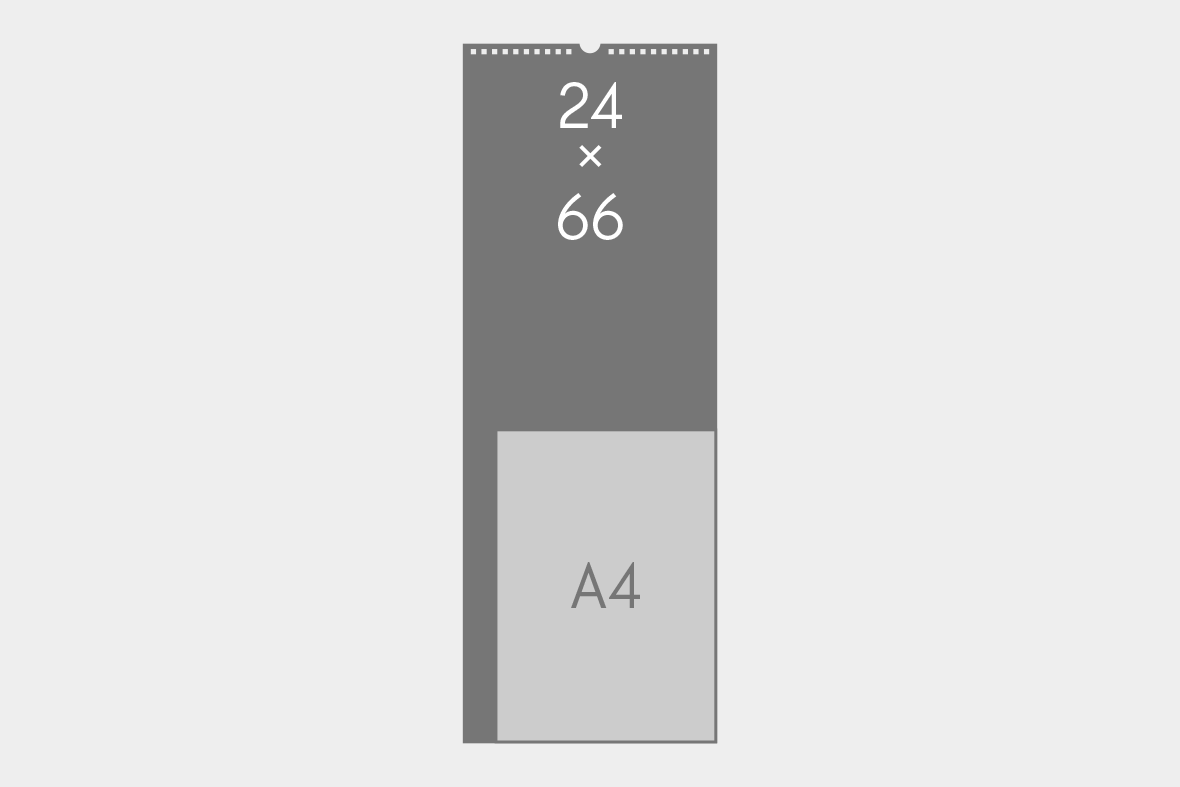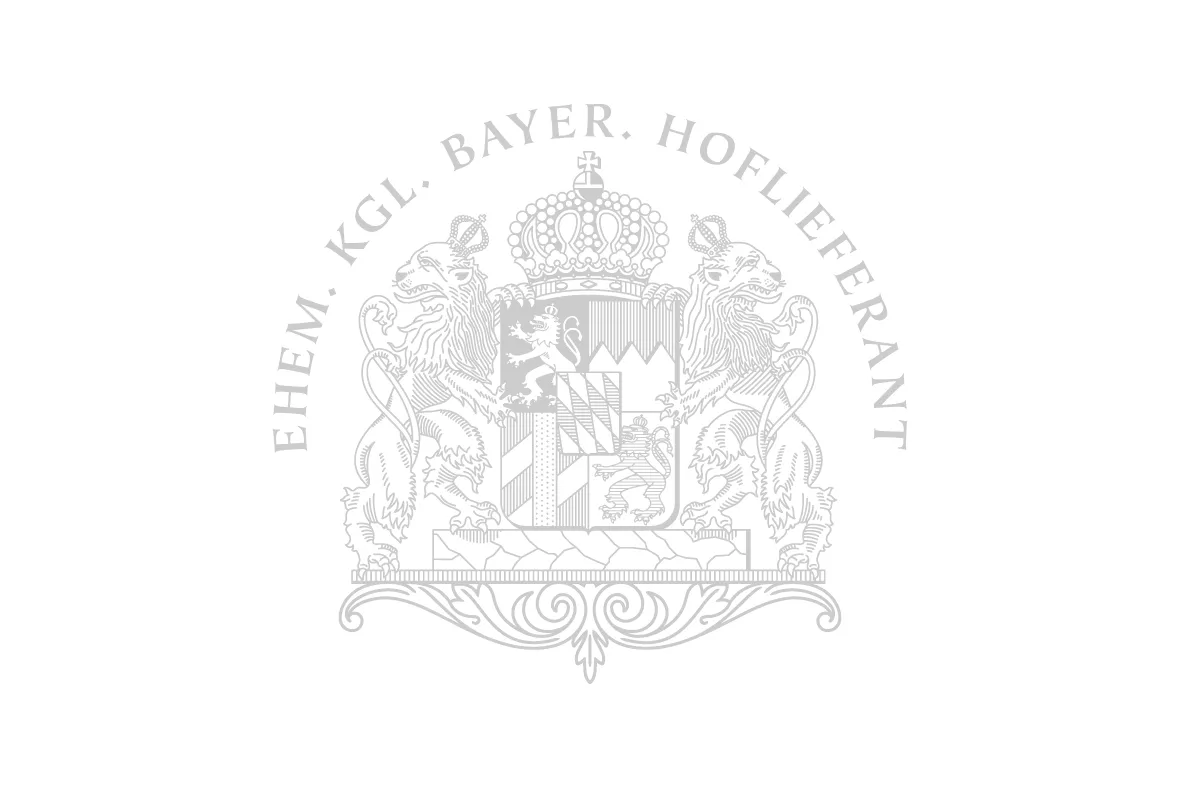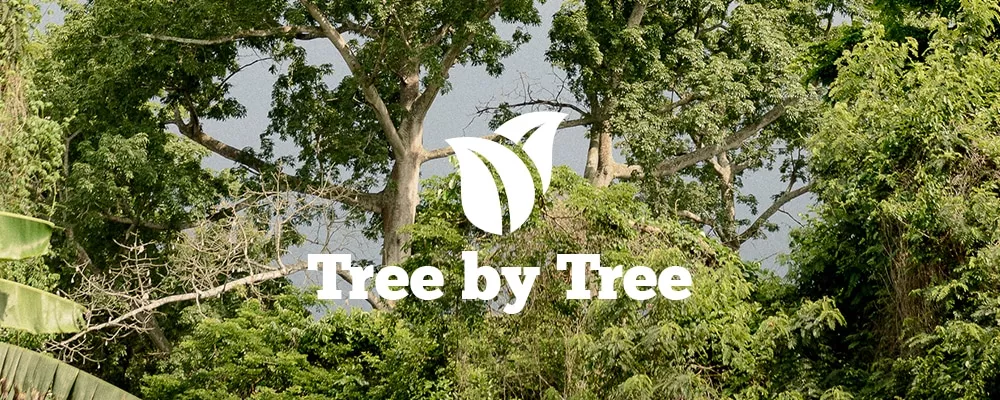The Ackermann company forest
Growing responsibility
Since the 2021 edition, we have been replanting a tree for every tree needed to produce our calendar paper. As part of the "Project Togo" initiative in West Africa, 3.5 hectares of "Ackermann forest" were created in the first year, which will continue to grow with each edition and each reprint. In addition, we create jobs and help people directly on site, where it is most needed.
Our Ackermann calendars are made of paper, which inevitably uses pulp obtained from the wood of trees. For many years, we have therefore sourced all the paper for our calendars exclusively from responsible forestry, certified by the renowned FSC.
But we don't want to rest on our laurels, which is why we are setting another effective example: From now on, we will replant at least one tree for every tree needed for our production - and we will do this within our own Ackermann forest.
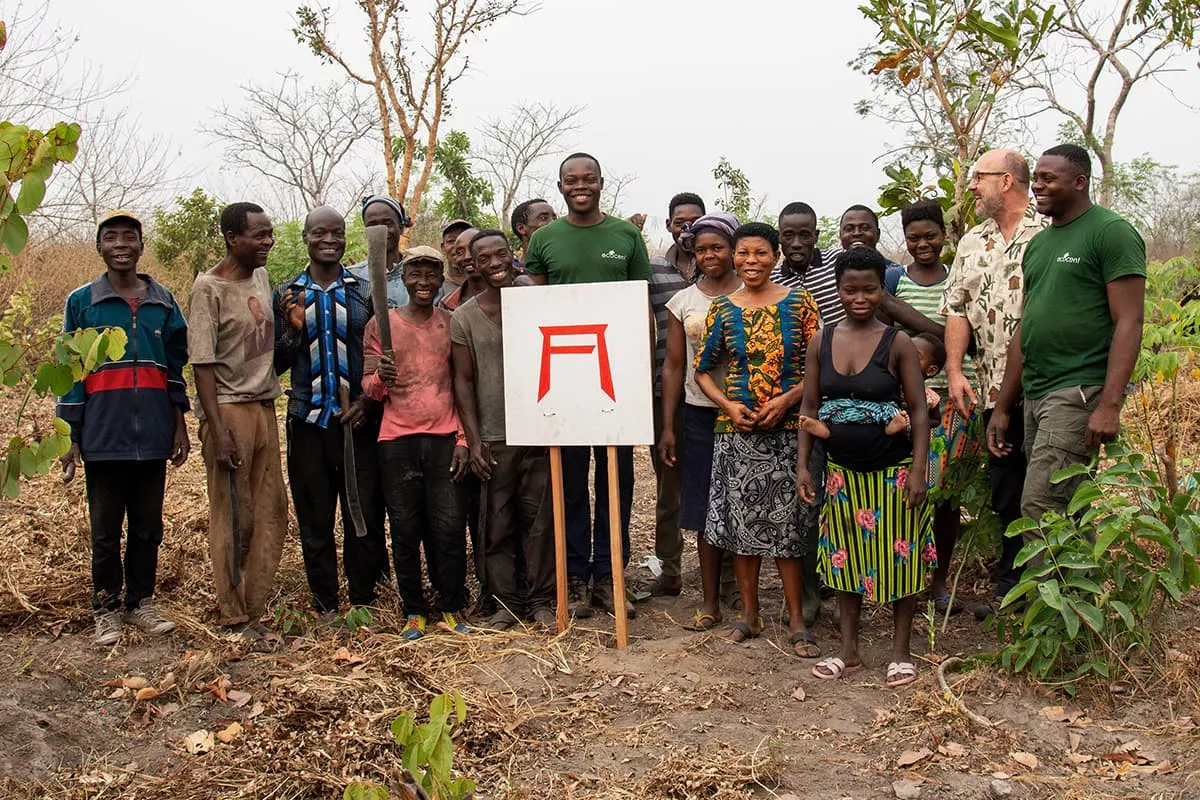
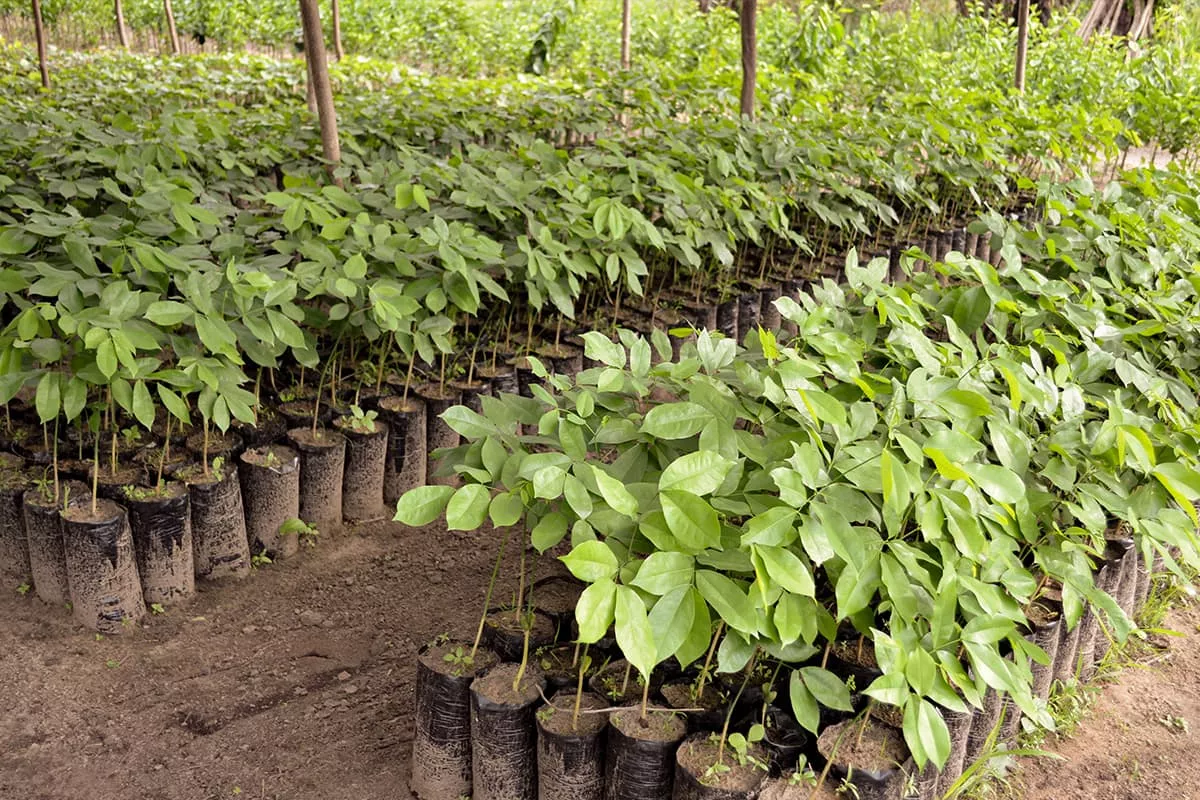
In cooperation with our partner natureOffice, this Ackermann forest will be planted within the climate protection project PROJECT TOGO in West Africa. Since the tree species native there achieve a significantly smaller trunk volume compared to the spruce usually used in paper production, we naturally convert the amount of wood accordingly*.
In the first step, an area of over 3.5 hectares was established for our forest in 2020 and planted with around 1,650 trees. In 2021, at least the same area and the same number of trees will be added. With each future edition and reprint, our Ackermann Forest will continue to grow.
The idea behind PROJECT TOGO is to combine climate protection with the improvement of social structures, to develop secure access to water, energy, health, education and work and thus to create a future-oriented basis for the local people and nature conservation.
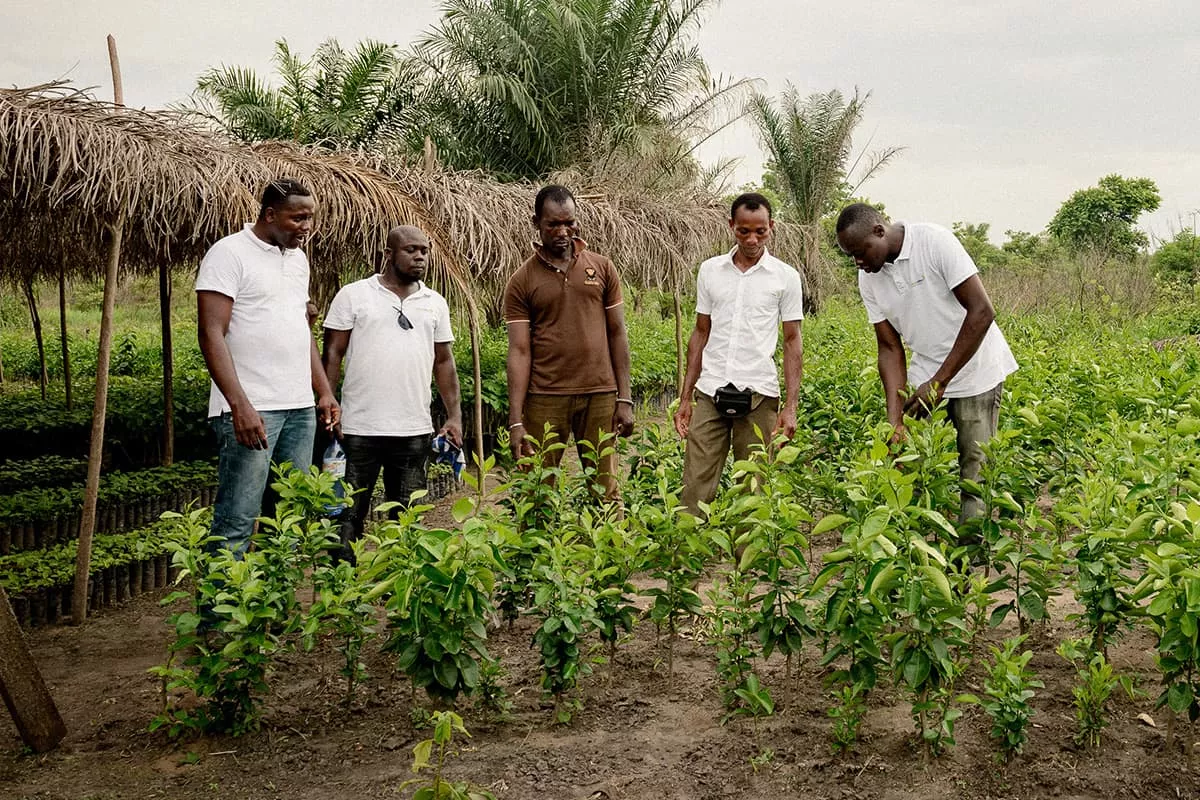
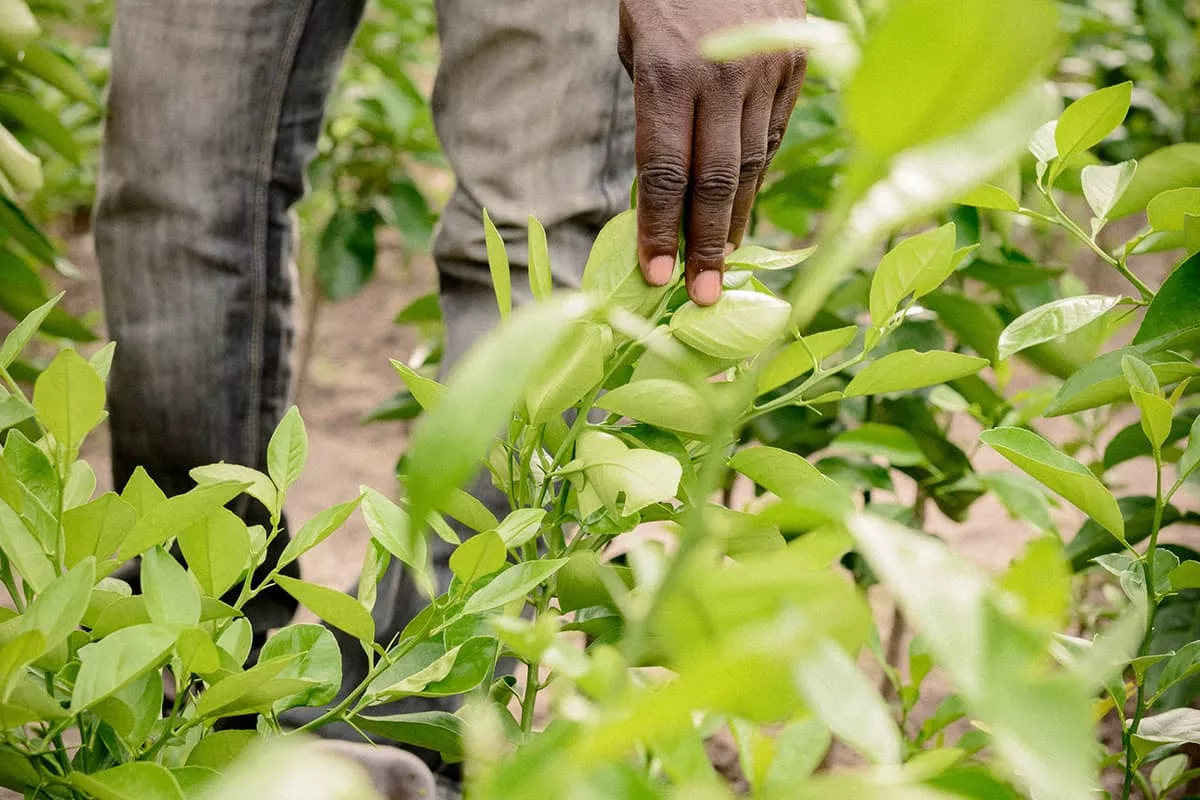
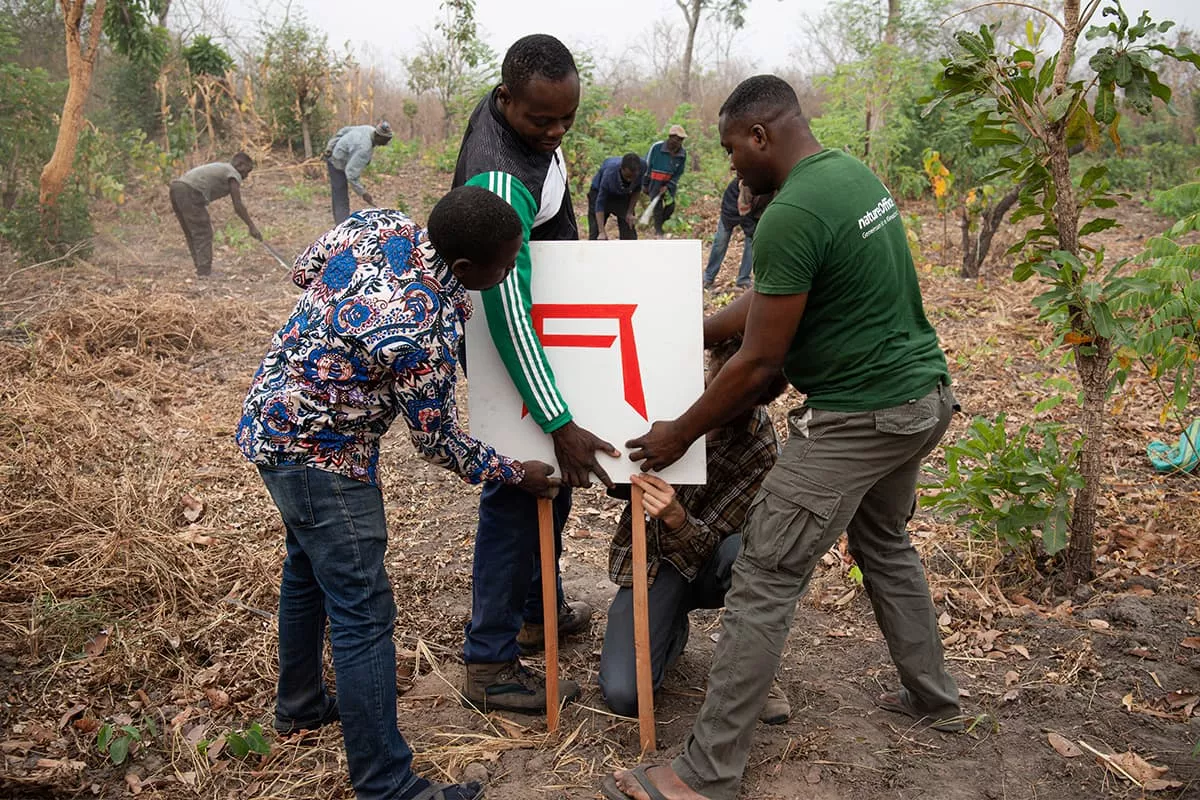
For this purpose, we provide the financial means for the seeds, the cultivation in the tree nursery, the planting and the subsequent care of the tree seedling. Several times a year, the areas around the seedlings are cut free so that they are not overgrown and smothered by elephant grass. Should a tree seedling die, it will be replanted.
PROJECT TOGO is explicitly not a forest investment, as is the case with many market-accompanying tree planting providers, but a reforestation project designed to last. Of course, we do not include the CO2 sequestration of the trees in our climate-neutral production, the corresponding CO2 compensation is done additionally.
In addition, in the sense of a long-term perspective for the local people, we have beehives set up in our forest that are managed by local beekeepers. Each hive houses a colony of up to 40,000 bees and produces about 7 kg of honey in the first year. Already in the second year a honey yield of up to 15 kg can be expected. With the sale of honey from 5 beehives, a family of 4-7 people in Togo can feed themselves and send their children to school for a year.
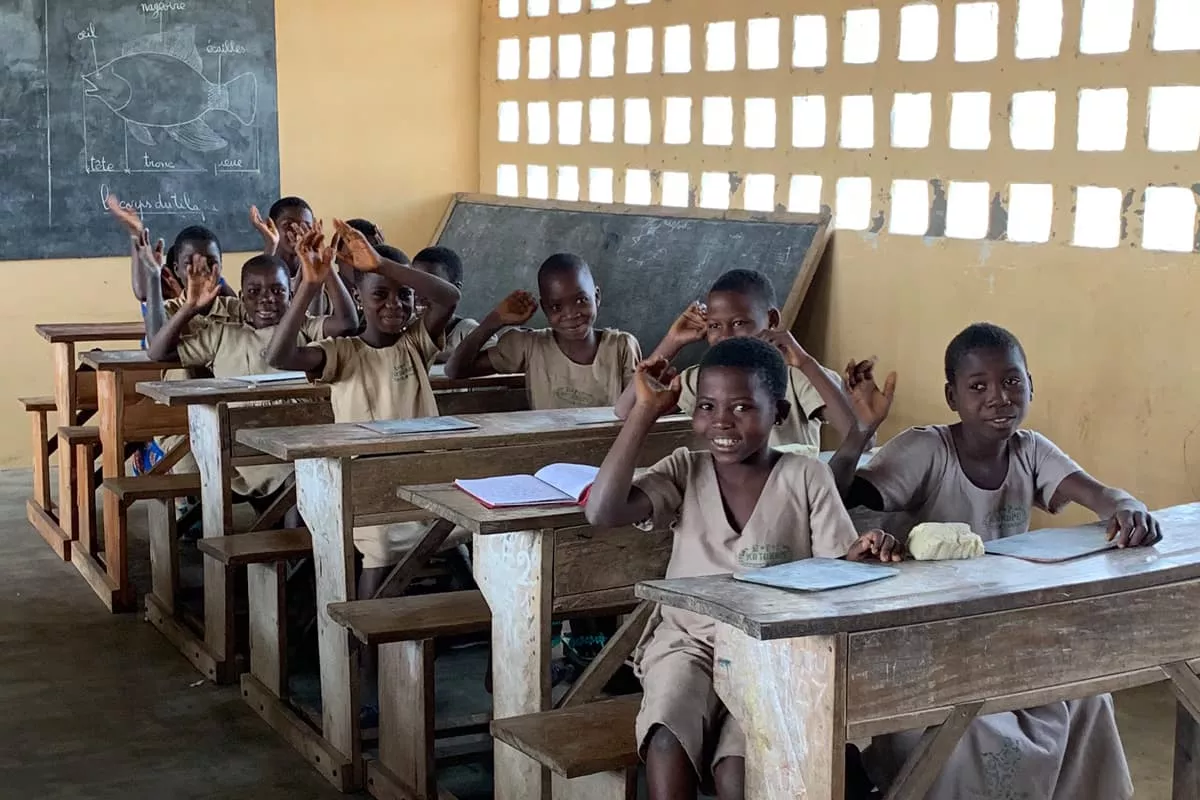
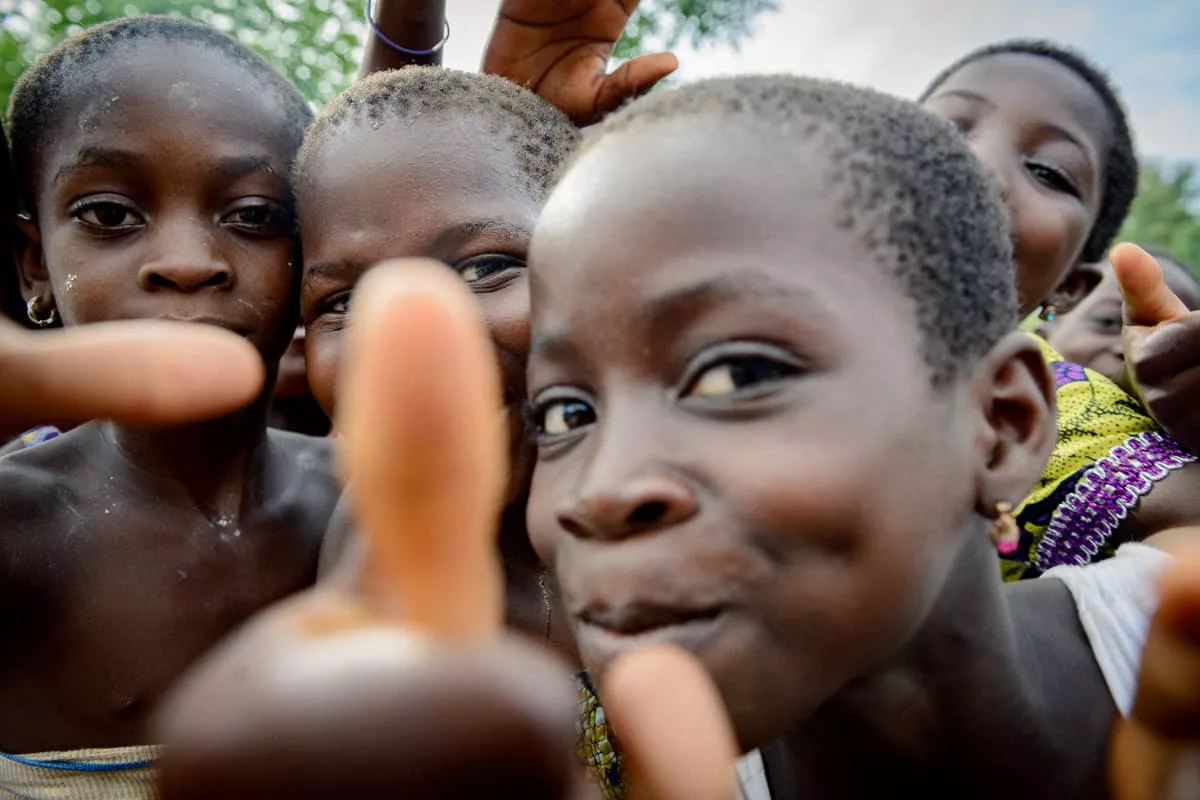
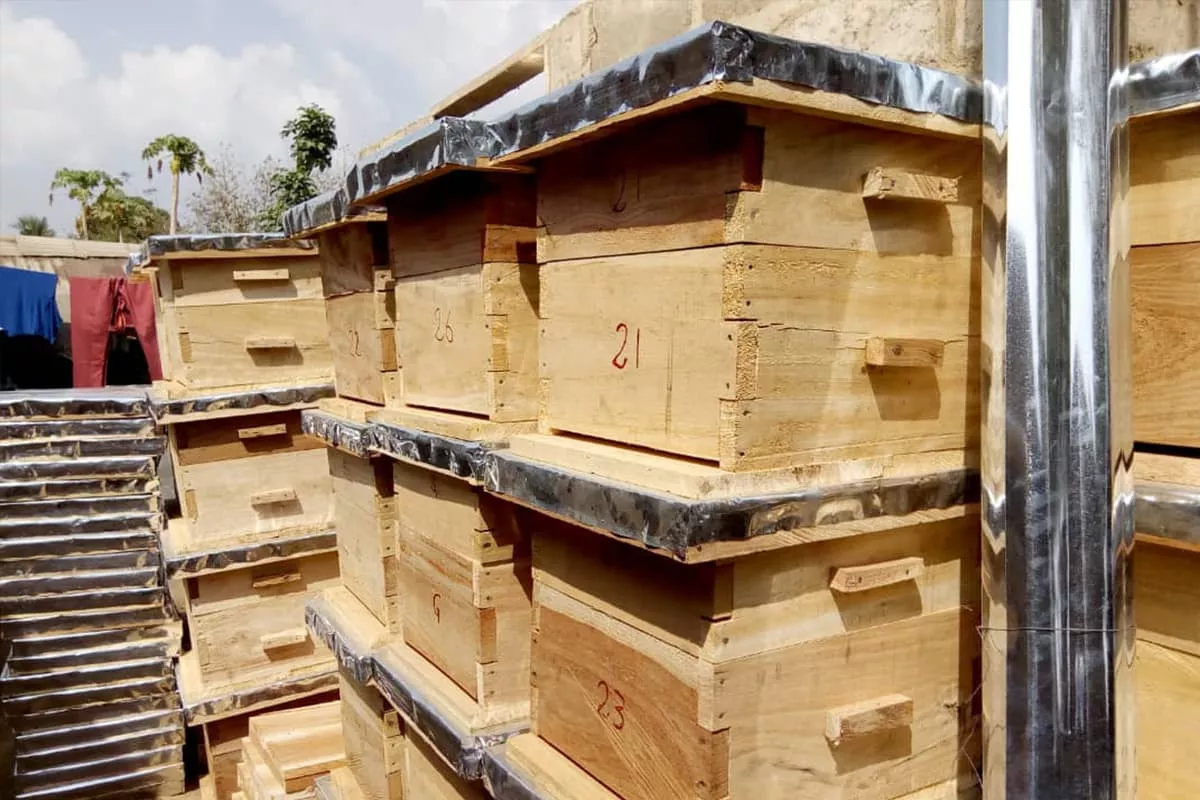
Growing and prospering
We would like to keep you informed about the development of our Ackermann forest and will report here in the future about the state of affairs and special developments. Here is a first on-site video from our partner natureOffice:
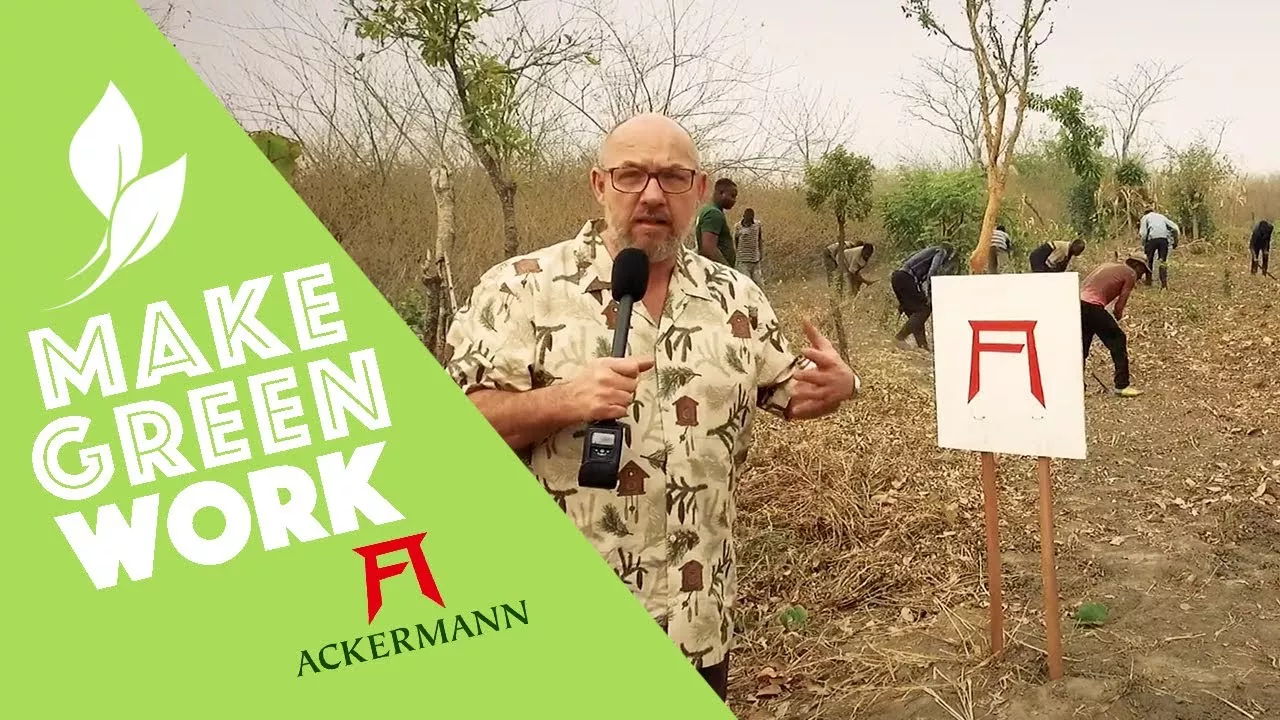
* The CO2 sequestration and pulp fiber consumption calculations provided for conversion by natureOffice are transparent and based on methods and data from the Intergovernmental Panel on Climate Change's (IPCC) Good Practice Guidance for Land-use, Land-use change and Forestry.
All photos © natureOffice


